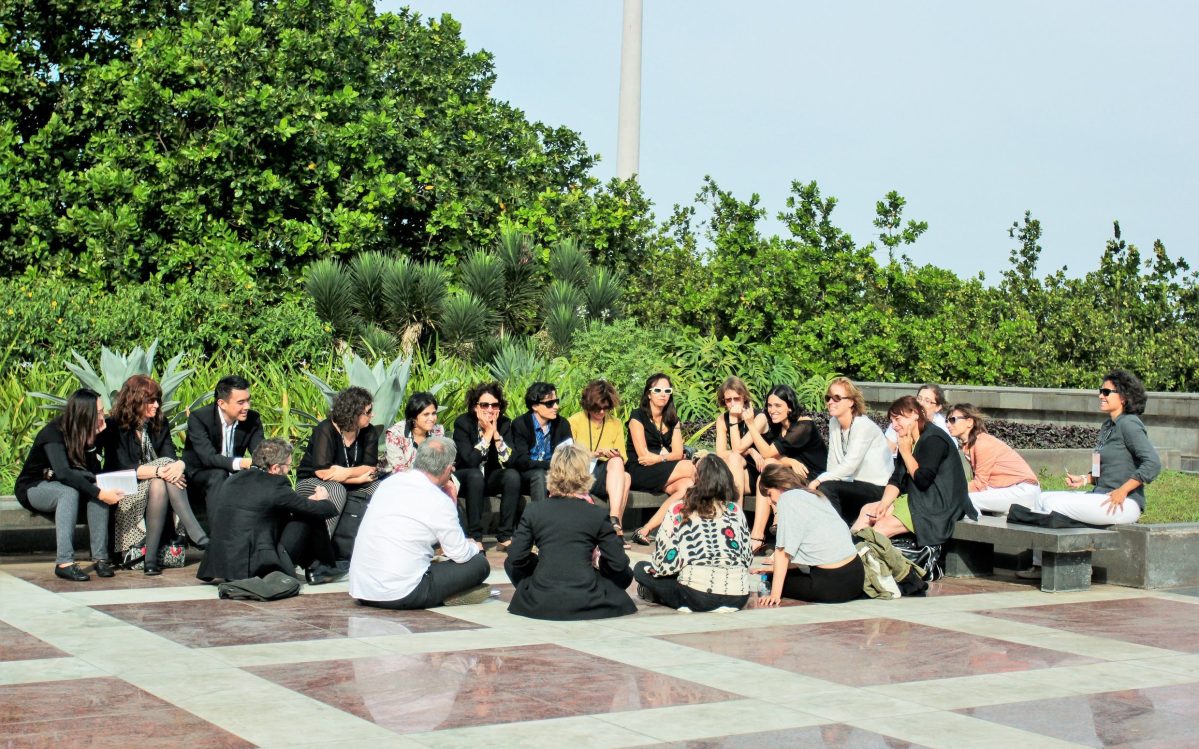With the rise of climate strikes globally and questions directed at museum accepting sponsorship by companies perceived with negative environmental costs, climate awareness is an aspect that museums and cultural institutions can no longer ignore.
To help cultural institutions find the path to climate neutrality, the International Committee for Museum and Collections of Modern Art (CIMAM) released the Toolkit on Environmental Sustainability in the Museum Practice, based upon the United Nations Sustainable Development Goals Agenda 2030.





